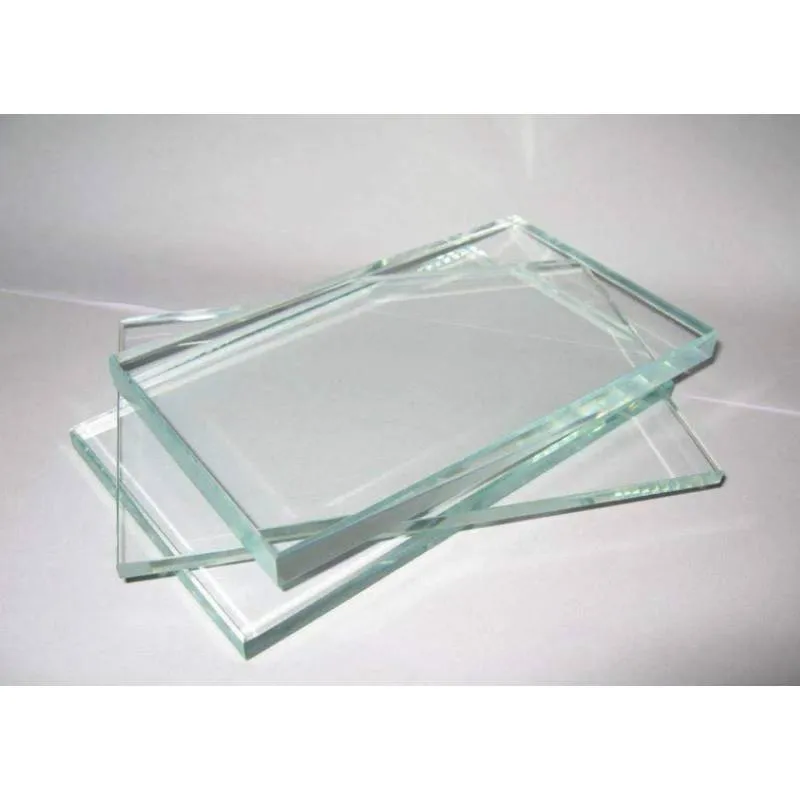Monolithic Annealed Glass An Overview of Properties and Applications
Monolithic annealed glass is a widely used type of glass that has become integral to various architectural and industrial applications due to its unique properties and manufacturing process. Understanding its characteristics, benefits, and limitations provides valuable insights into why this material is favored in many sectors.
What is Monolithic Annealed Glass?
Monolithic annealed glass refers to a single sheet of glass that has been produced through a process called annealing. During annealing, glass is slowly cooled after being formed, reducing internal stresses and making the glass more stable. This method contrasts with tempered glass, which undergoes rapid heating and cooling to increase strength. The resulting monolithic glass has a uniform thickness and is characterized by its clarity and smooth surface.
Properties of Monolithic Annealed Glass
One of the defining characteristics of monolithic annealed glass is its excellent optical clarity, enabling it to transmit light effectively. This property makes it an ideal choice for applications where visibility and light penetration are essential, such as windows and glass facades. Additionally, it has good resistance to environmental factors, making it suitable for indoor and outdoor use.
In terms of thermal properties, annealed glass is not as strong as tempered glass. It has a lower impact resistance and is more susceptible to thermal stress. As a result, it's essential to consider the environmental conditions in which the glass will be used to prevent potential breakage due to thermal shock.
Applications of Monolithic Annealed Glass
Monolithic annealed glass is versatile and can be found in a variety of applications
. Some of the most common uses include
monolithic annealed glass
1. Architectural Applications This glass type is typically used in building facades, windows, and doors. Its aesthetic appeal and clarity make it a popular choice for residential and commercial buildings, allowing natural light to penetrate indoor spaces while providing an unobstructed view outside.
2. Furniture Design Monolithic glass is often used in furniture design, including tabletops, shelving, and display cases. Its smooth surface and ability to be fabricated into various shapes make it attractive for designers looking to create modern and minimalist pieces.
3. Interior Partitioning In office spaces and commercial interiors, monolithic annealed glass panels are used for partitions to create open layouts while maintaining visibility and light flow between spaces. This design choice can enhance the ambiance of a space, making it appear larger and more inviting.
4. Automotive Glass Monolithic annealed glass is also utilized in some automotive applications, such as windows and windshields, especially in lower-end vehicles. While safety is a concern, this type of glass is often used in non-structural applications where clarity and cost-effectiveness are prioritized.
Limitations of Monolithic Annealed Glass
While monolithic annealed glass has various favorable attributes, it does come with limitations. Its susceptibility to breakage requires careful handling during installation and in everyday use. Additionally, in regions with extreme temperature fluctuations or high winds, annealed glass may not perform as well as tempered or laminated varieties. Furthermore, as building codes and safety regulations evolve, there is an increasing demand for high-strength glass solutions, which can make monolithic annealed glass less competitive in some applications.
Conclusion
In conclusion, monolithic annealed glass is a vital material within the architectural and design industries. Its unique combination of clarity, aesthetic appeal, and versatility makes it suitable for various applications. While it has limitations concerning strength and thermal resistance, its ease of fabrication and cost-effectiveness maintain its popularity. As technology advances and new glass treatments emerge, monolithic annealed glass continues to play a significant role in innovative designs and applications. Understanding its properties and appropriate usage is essential for architects, designers, and builders looking to leverage this material to create functional and visually pleasing spaces.
 Afrikaans
Afrikaans  Albanian
Albanian  Amharic
Amharic  Arabic
Arabic  Armenian
Armenian  Azerbaijani
Azerbaijani  Basque
Basque  Belarusian
Belarusian  Bengali
Bengali  Bosnian
Bosnian  Bulgarian
Bulgarian  Catalan
Catalan  Cebuano
Cebuano  Corsican
Corsican  Croatian
Croatian  Czech
Czech  Danish
Danish  Dutch
Dutch  English
English  Esperanto
Esperanto  Estonian
Estonian  Finnish
Finnish  French
French  Frisian
Frisian  Galician
Galician  Georgian
Georgian  German
German  Greek
Greek  Gujarati
Gujarati  Haitian Creole
Haitian Creole  hausa
hausa  hawaiian
hawaiian  Hebrew
Hebrew  Hindi
Hindi  Miao
Miao  Hungarian
Hungarian  Icelandic
Icelandic  igbo
igbo  Indonesian
Indonesian  irish
irish  Italian
Italian  Japanese
Japanese  Javanese
Javanese  Kannada
Kannada  kazakh
kazakh  Khmer
Khmer  Rwandese
Rwandese  Korean
Korean  Kurdish
Kurdish  Kyrgyz
Kyrgyz  Lao
Lao  Latin
Latin  Latvian
Latvian  Lithuanian
Lithuanian  Luxembourgish
Luxembourgish  Macedonian
Macedonian  Malgashi
Malgashi  Malay
Malay  Malayalam
Malayalam  Maltese
Maltese  Maori
Maori  Marathi
Marathi  Mongolian
Mongolian  Myanmar
Myanmar  Nepali
Nepali  Norwegian
Norwegian  Norwegian
Norwegian  Occitan
Occitan  Pashto
Pashto  Persian
Persian  Polish
Polish  Portuguese
Portuguese  Punjabi
Punjabi  Romanian
Romanian  Russian
Russian  Samoan
Samoan  Scottish Gaelic
Scottish Gaelic  Serbian
Serbian  Sesotho
Sesotho  Shona
Shona  Sindhi
Sindhi  Sinhala
Sinhala  Slovak
Slovak  Slovenian
Slovenian  Somali
Somali  Spanish
Spanish  Sundanese
Sundanese  Swahili
Swahili  Swedish
Swedish  Tagalog
Tagalog  Tajik
Tajik  Tamil
Tamil  Tatar
Tatar  Telugu
Telugu  Thai
Thai  Turkish
Turkish  Turkmen
Turkmen  Ukrainian
Ukrainian  Urdu
Urdu  Uighur
Uighur  Uzbek
Uzbek  Vietnamese
Vietnamese  Welsh
Welsh  Bantu
Bantu  Yiddish
Yiddish  Yoruba
Yoruba  Zulu
Zulu 

